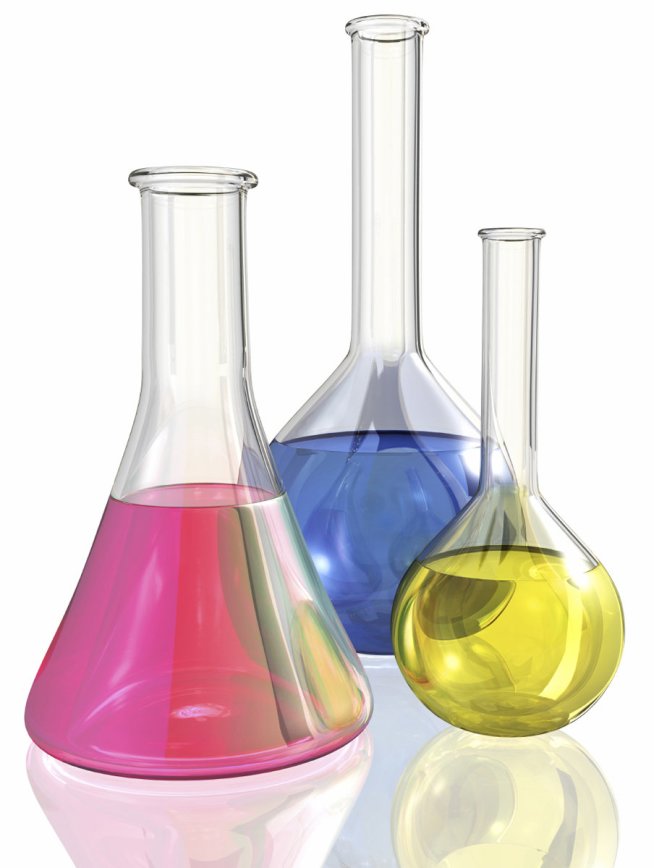Here's a brightly colored science experiment that not only looks cool, but allows kids to develop their own understanding of density!
This experiment is perfect kitchen science - it uses materials found in your pantry. We used four different density mixtures, but you can use as many as you want.
You'll need:
- Clear glass
- Pipettes or droppers
- Sugar
- Measuring spoons
- Food coloring or True Color Tablets
- 4 small cups.
Instructions:
- Fill your cups with 1 cup of warm water and add food coloring to the water. You want a different color for each density. We used blue, green, yellow and red.
- Add 2 tablespoons of sugar to the 1st cup, 4 tablespoons to the 2nd cup, 6 tablespoons to the 3rd cup and 8 tablespoons to the last cup. Our colors were: * Blue - 2 tablespoons * Yellow - 4 tablespoons * Red - 6 tablespoons * Green - 8 tablespoons
- Label each cup with the amount of sugar added.
- Stir the water until the sugar is dissolved. It is crucial that all of the sugar is dissolved in each cup. You may need to supersaturate the sugar water solution to get all of the sugar to dissolve. Place the cup in the microwave for 20-30 seconds to warm the water and dissolve more sugar. Continue stirring until all of the sugar is gone.
- Start with the cup with the most sugar. Using a pipette, dropper or back of a spoon, begin adding the first layer of sugar water.
- After the first layer, things get challenging. Carefully drip the next dense layer onto the surface of the first. The best technique is to place the pipette right above the surface of the first layer and against the glass. Slowly drip the next color onto the first. This will take a lot of patience. Go slow.
- The colors will begin to mix at first and then your original color will start to show.
- Repeat with the next dense color and the least dense color until you have stacked all of the colors.
How does it work? Density is defined as mass divided by volume.
Mass = how many atoms are in an object. Volume = how much space an object takes up. As you add sugar to the water, more and more sugar molecules will take over the space, making the water more dense. The cup containing the 8 tablespoons of sugar will be the most dense, the cup with 2 tablespoons will be least dense.
With this sugar water experiment, we put the most dense solution on the bottom. Why do you think that is? What will happen if you try it with the least dense solution on the bottom?
Supersaturated Solution
If you attempt to dissolve sugar in water, you reach a point where you cannot dissolve any more sugar. This is called a saturated solution. However, if you heat this solution, more sugar will dissolve. When the solution is cooled, the sugar will remain in solution. This is called a supersaturated solution, which is very unstable and will crystallize easily.
Density Column Mixup
What happens if you shake or mix up your sugar density column? The colors will not separate and go back to the rainbow, like a water-oil density tower. The sugar will mix evenly with the water!
Make photos of your kid conducting the experiment and upload a collage to the App. Write briefly about the process and how your kid liked it.
Enter a valid email to sign in or sign up
Open the letter and click the link.
The link is valid for 15 minutes
If you enjoyed this activity, you may also like the following activity, too
-
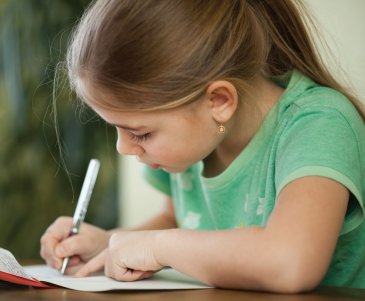
-
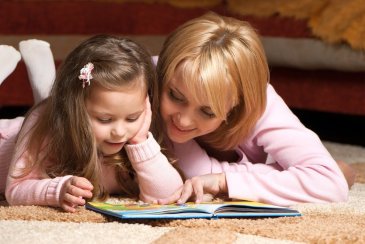
Read your kid autumn poems!
5 to 8 years -
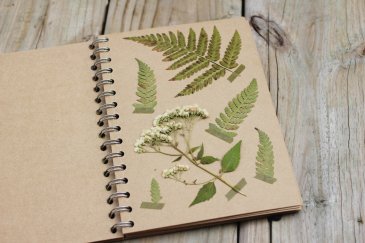
Make a herbarium with your kid!
5 to 8 years -
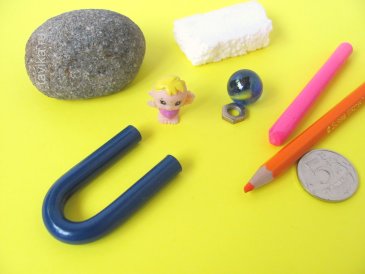
Experiments with magnets and springs
5 to 8 years -
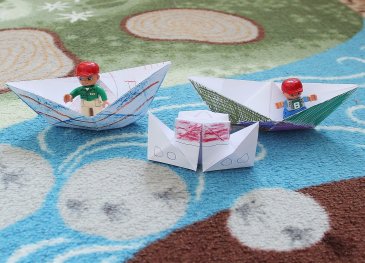
Make origami crafts!
5 to 8 years -
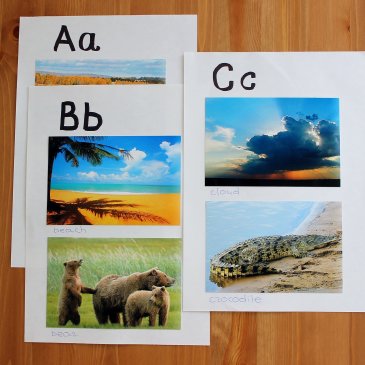
Craft an ABC book
5 to 8 years -
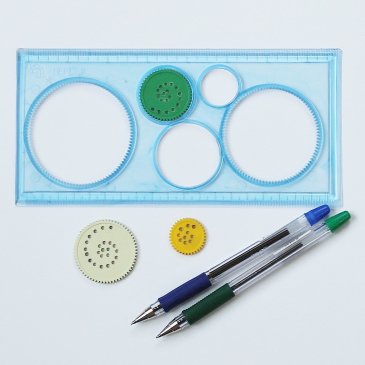
Offer your kid to draw with Spirograph!
5 to 8 years -
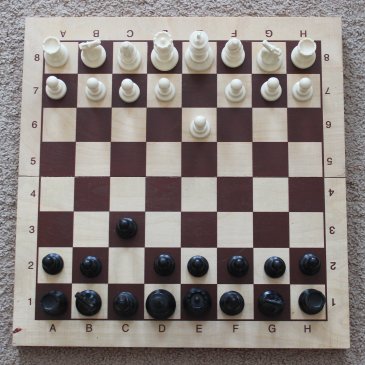
Play chess with your child
5 to 8 years -
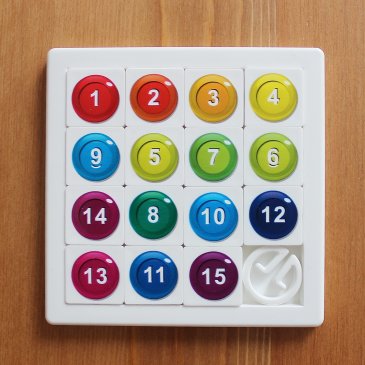
Play Barley-break with your kid!
5 to 8 years
